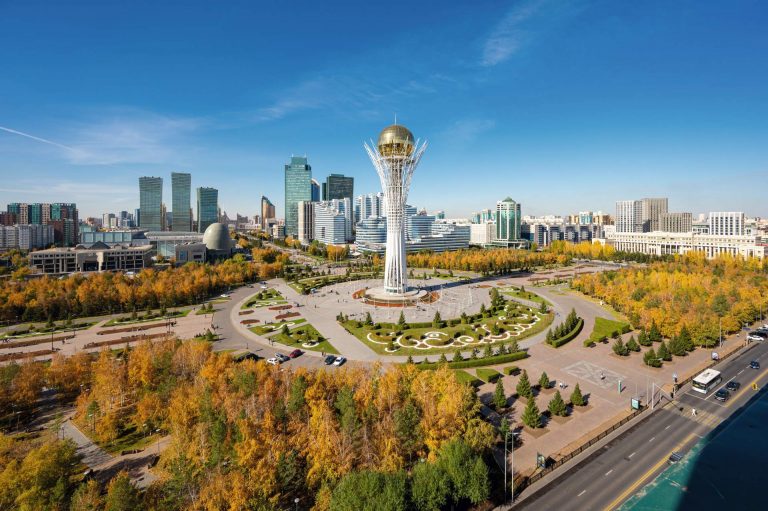The smallest autonomous community in Spain surprises travelers with its ancient architecture and creative gastronomy.
Rioja is wine, isn’t it? Yes, but not only that, and not primarily. Rioja is one of the 17 autonomous communities of Spain. It is the smallest in terms of area (excluding the African enclaves of Ceuta and Melilla), with 5,000 sq. km. But what beautiful kilometers they are! Vineyards with Tempranillo and Garnacha, the picturesque valleys of the Ebro and Oja rivers, oak forests, pinewoods, birch groves, high mountains with snow-capped peaks, Romanesque churches and Roman aqueducts, medieval monasteries, and even dinosaur footprints.
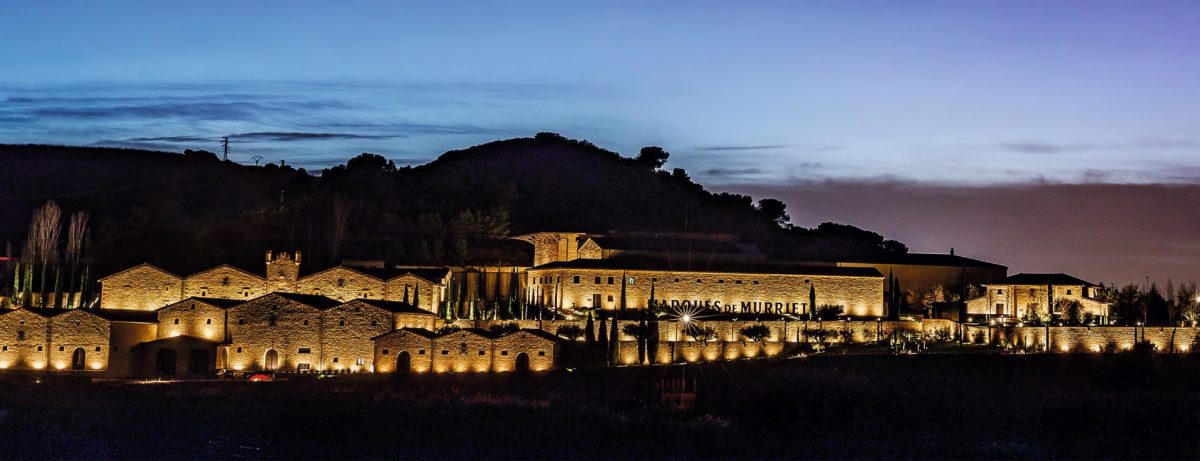
Above the vineyards in a hot air balloon
The most obvious answer to the question of why visit Rioja is for its vibrant vineyards and wineries. An even stronger reason for this answer is the recently published World’s Best Vineyards 2024 ranking, which evaluates the appeal of wineries to tourists. Among the top 50 in the world, several are from Rioja. At the Vivanco Winery Museum, you’ll see original works by Picasso, Gris, and Warhol, and in the garden, you’ll recognize and learn the names of 220 grape varieties from around the world. The Marqués de Murrieta winery attracts visitors not only for tastings but also for its gastronomic dinners — the menu features sturgeon caviar from Tibet and meat roasted on grapevines. At the Muga winery, visitors take hot air balloon rides over the vineyards. In first place on this prestigious ranking is also Rioja, specifically the Bodegas de los Herederos del Marqués de Riscal winery. But this is not the autonomous community of La Rioja, but the wine region of DOC Rioja. Part of it is located in the neighboring Basque Country. For this winery, architect Frank Gehry designed the famous hotel building.
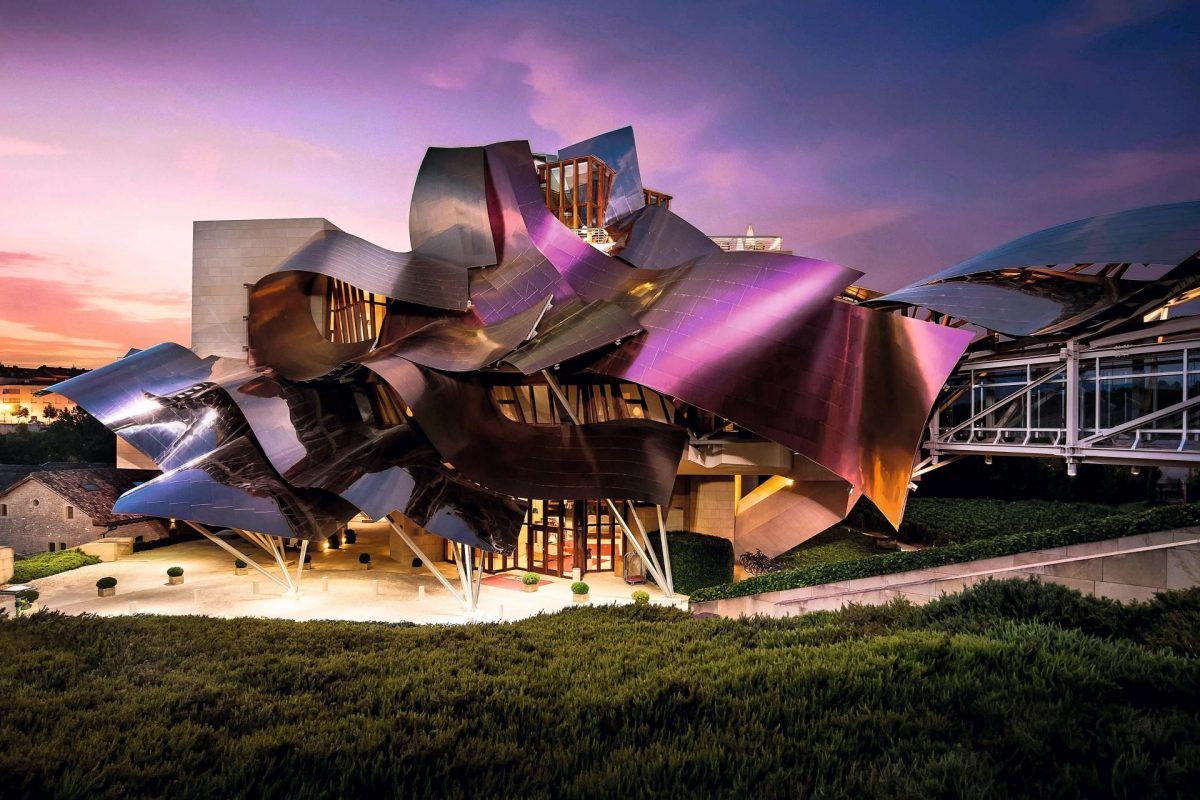
Logroño with taste
In the capital of the region, the city of Logroño, be sure to visit the monumental Concathedral of Santa María de La Redonda (the painting Golgotha in the gallery behind the altar is attributed to Michelangelo), the oldest church in the city, San Bartolomé, dating back to the 12th century, and the Church of Santiago. The ancient — yet vibrant and highly popular today — pilgrimage route of the Camino de Santiago passes through Logroño. From France, through the Pyrenees, to Santiago de Compostela in Galicia.
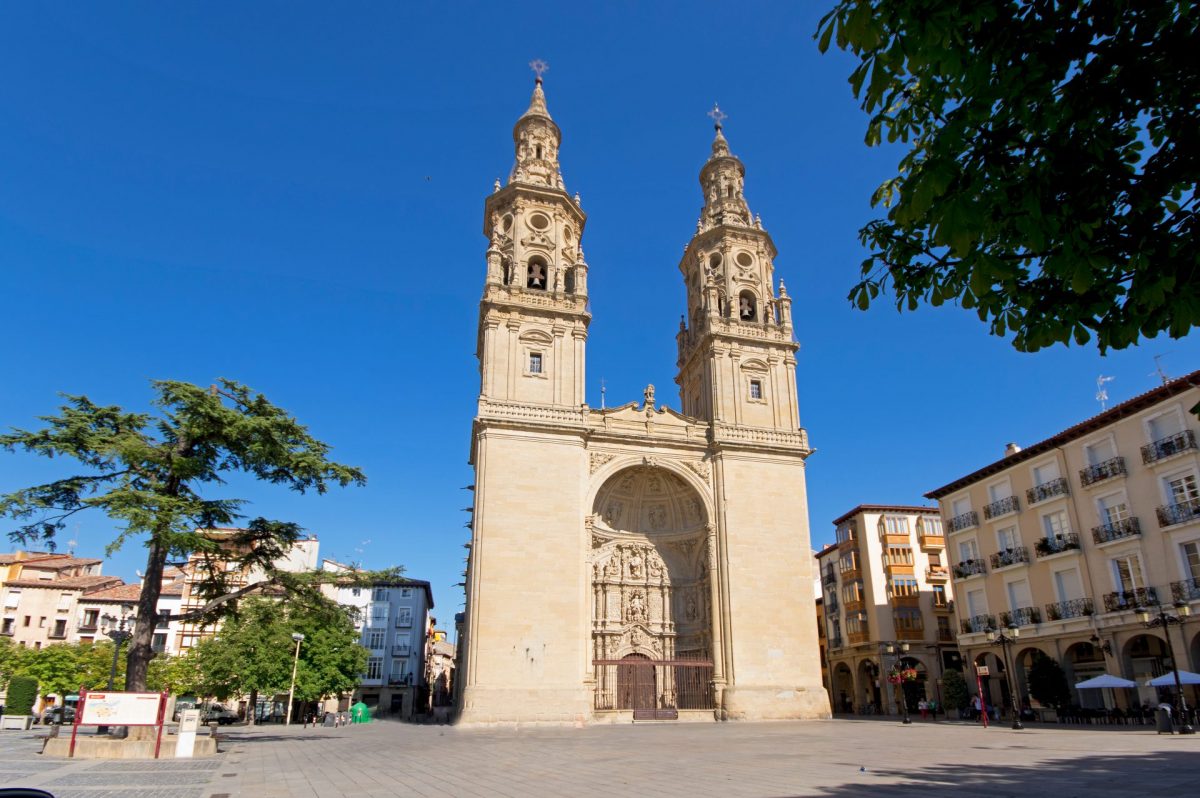
During the day, take a stroll across the two bridges over the Ebro River — the Stone Bridge and the Iron Bridge — along the green boulevard of Espolón and down the Portales street with its arcades. In the evening, all paths lead to Laurel Street, which is lined exclusively with bars offering incredibly long lists of Rioja wines. Of course, you must pair them with tapas. For example, Rioja-style potatoes with chorizo, oxtail, artichokes with jamón, rabbit with snails… Even at the Michelin-starred Íkaro restaurant, the menu proudly includes buñuelos (small doughnuts) with mushrooms “in the style of Laurel Street.”
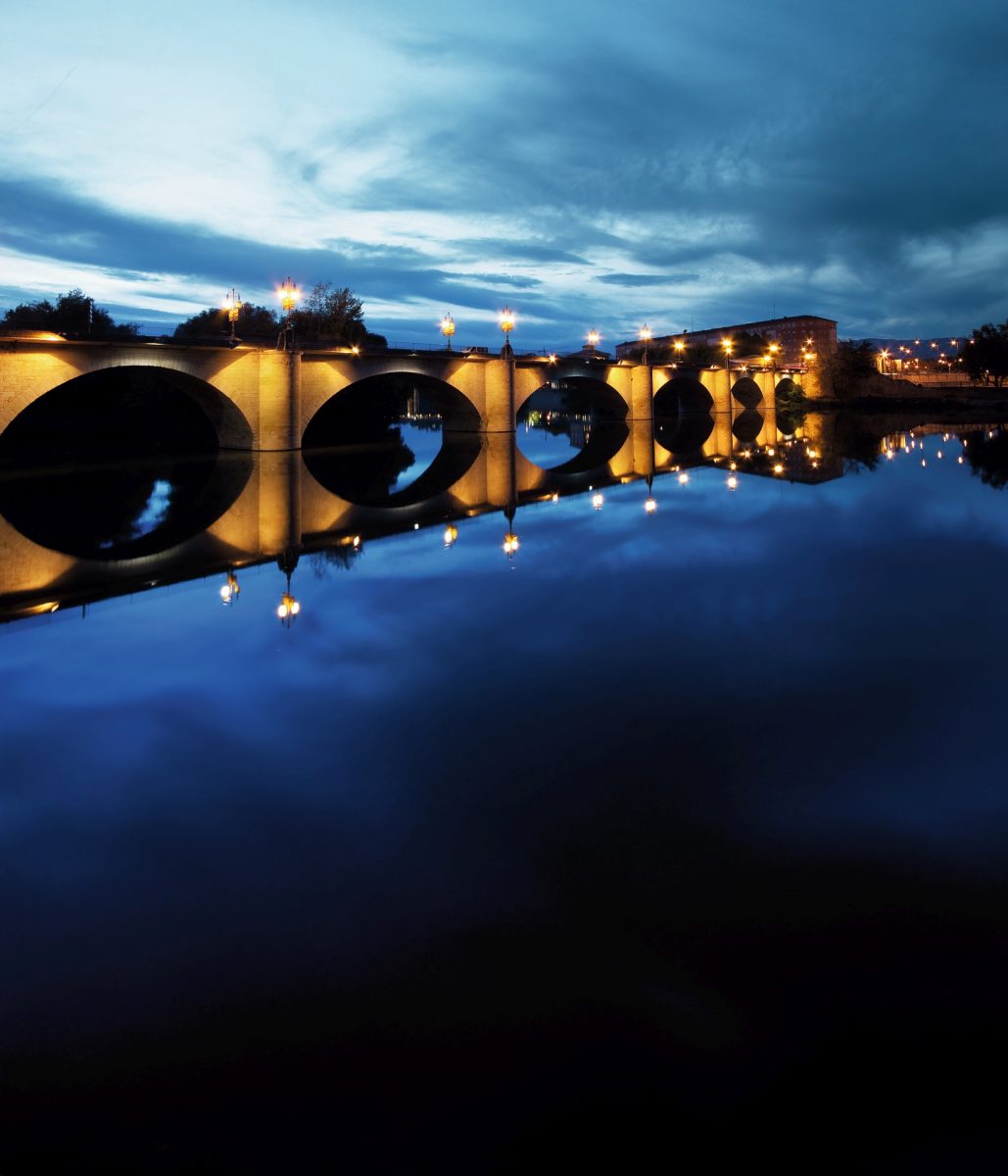
The person known as the first paparazzo of Spain, Esteban Chapresto, is from Logroño. He photographed Grace Kelly and Audrey Hepburn at a bullfight, met Ernest Hemingway in his hometown of Logroño, and was friends with Picasso. His apartment on Avenida de la Paz has now been transformed into the Aníana boutique apartments, where each room is dedicated to a celebrity featured in Chapresto’s photographs.
The only five-star hotel in Logroño, Áurea Palacio de Correos, is located in a building that resembles a palace in neo-baroque style. But it’s actually the former post office building. The facade is adorned with vintage mailboxes, guests are shown a beautiful collection of postcards, including some from the 18th century, and the local cuisine restaurant is named “Stamp” (Matasellos).
Following the footsteps of dinosaurs
From Logroño, we head south to the Sierra de Alcarama mountains. Just an hour by car, but it feels like a time machine. 120 million years ago, dinosaurs roamed Rioja, and today it is recognized as one of the most valuable paleontological sites in the world. Many of the more than one hundred locations where traces of the ancient giants’ footprints, tails, and bones have been found are accessible to tourists. A journey into the Jurassic Park can be made near the villages of Munilla, Enciso, and Cornago. In Igea, you can visit the Rioja Paleontological Center, which offers plenty of information and impressive life-sized models of various dinosaur species. In Enciso, they have created a Paleo-adventure Park, where visitors can dive into a pool to find dinosaur footprints underwater, walk along hills where real tracks have been preserved, and visit a scientific laboratory.
Suso and Yuso
Two Rioja monasteries with similar names — San Millán de Suso and San Millán de Yuso — are included in the UNESCO World Heritage List. Both are located in the village of San Millán de Cogolla, in the valley of the Cárdenas River, at the foot of Mount San Lorenzo, the highest peak in Rioja (2,262 m). And not far from the Valdezcaray ski resort, by the way.
The Monastery of Yuso dates back to the 11th century, with numerous renovations up until the 18th century, including Baroque and Herrerian styles. It features a luxurious library with ten thousand ancient volumes and antique furniture. And the Hostería San Millán Hotel, with 25 rooms, including a royal suite.
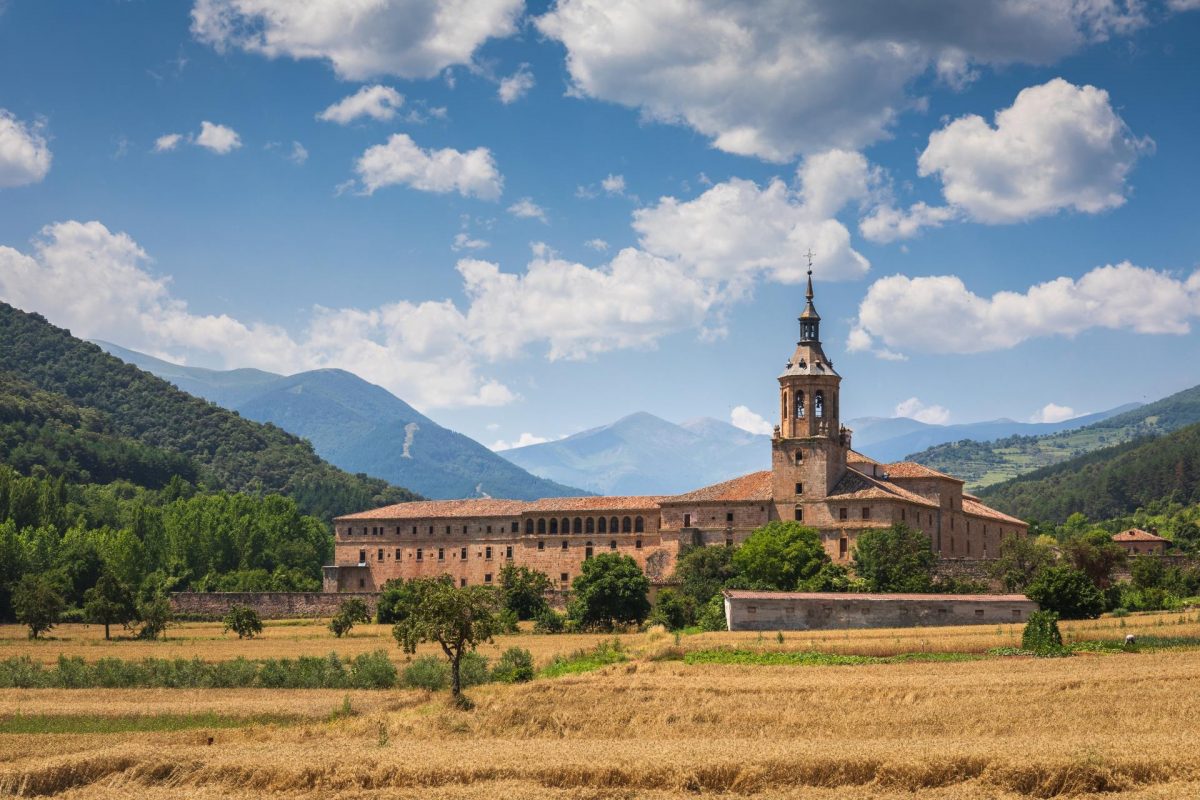
The Monastery of Suso is over a thousand years old, built between the 6th and 10th centuries, and its architecture blends Mozarabic and Romanesque styles. Some time ago, at the end of the 10th century or the beginning of the 11th, a monk from Suso wrote comments in the margins of a Latin codex — but not in Latin, rather in the language spoken by the people around him. These comments, the Emilian Glosses, are considered the first lines written in the Spanish language. Linguists and historians, of course, engage in debates about whether this is true and what exactly this language is, finding other manuscripts that also claim to be the earliest. But Rioja proudly calls itself the birthplace of the language in which the masterpieces of Cervantes and Lorca were written, films by Almodóvar and Berlanga were made, and hits by Julio Iglesias and Rosalía were sung. The same codex also contains notes in Basque. They are also the first!
Photo: marquesdemurrieta.com, marquesderiscal.com, istockphoto.com, shutterstock.com


